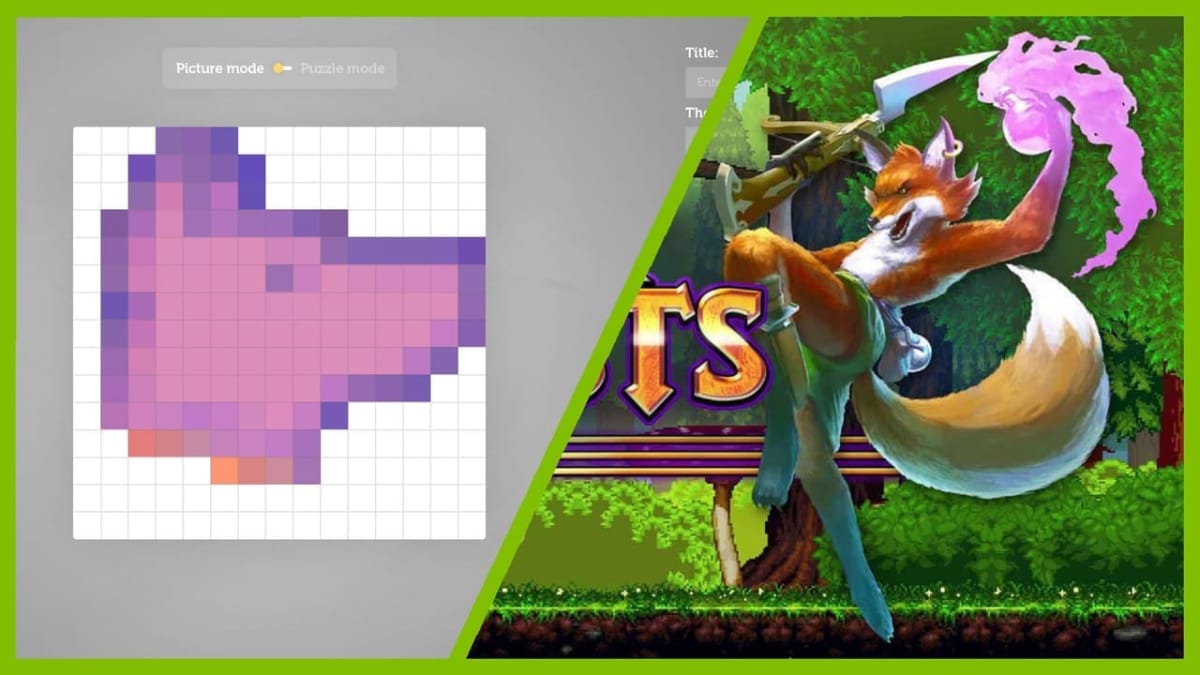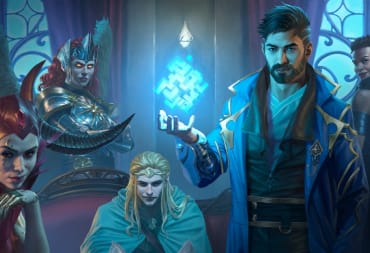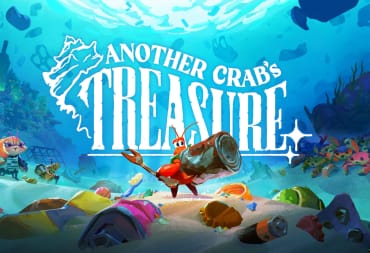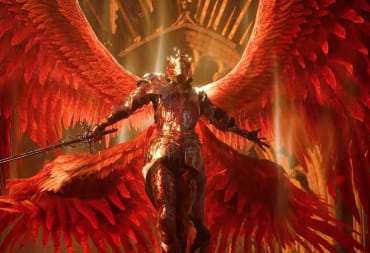Welcome to Coverage Club, the regular series where we shift our critical eye towards smaller games that deserve some attention. Each week, our editors select two titles and provide honest first impressions in the same style as our full reviews. Games can range from brand new titles hitting Early Access to older hidden gems that never got their due. No matter your preferences, you’re sure to find something off the beaten path here. This week, we've got 16-bit platformer Fox n Forests alongside minimalist puzzler Nonogram. So sit back, chill out, and take in some coverage.
Fox n Forests
Covered by Trevor Whalen
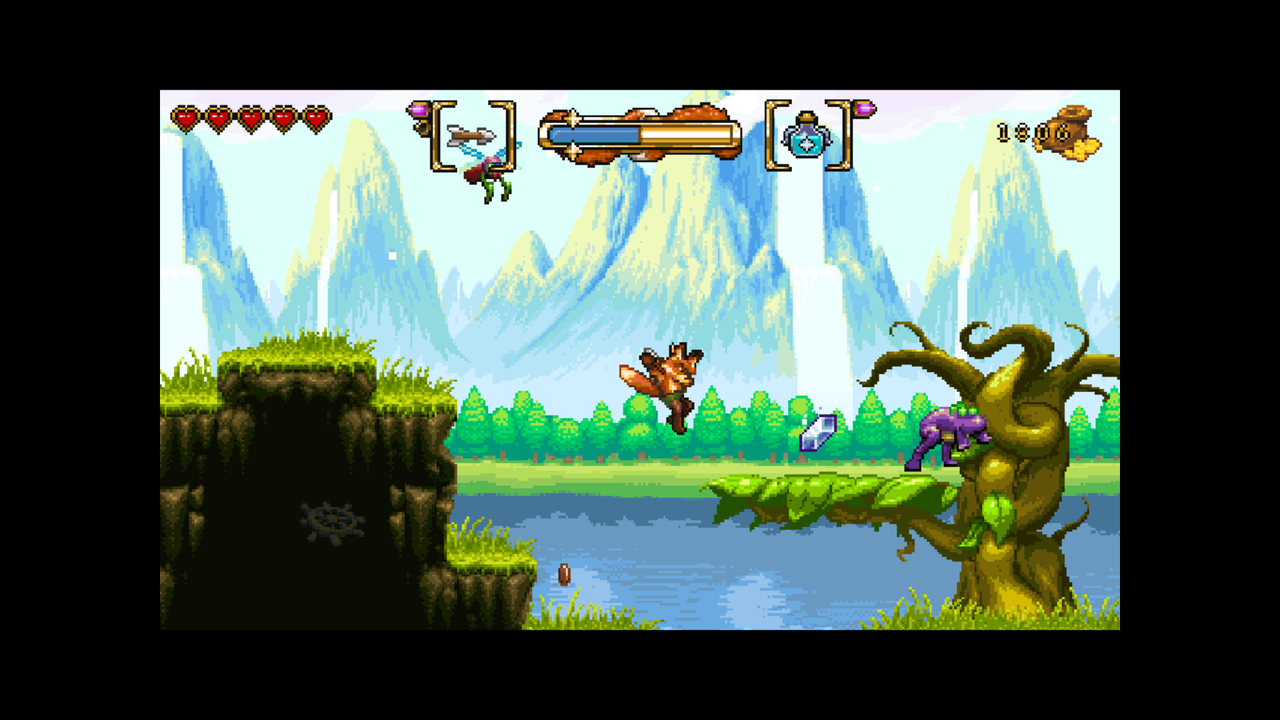
Fox n Forests delivers on Bonus Level Entertainment’s crowdfunding promises, as this game is 16-bit, retro sidescrolling goodness. The nostalgic vibes are in the 2D sprite characters, the animations, and the music. It’s a spot-on achievement on Bonus Level’s part. Surprisingly, the game isn’t mercilessly difficult. There are even optional checkpoints throughout the levels, so you won’t be throwing keyboards or controllers across the room. It's a fun, fluid experience.
In the game, you play as a fox named Rick. He looks out for himself, so it takes some goading on the part of Perry Partridge – the bird Rick runs into – to get the fox to save the world. With promises of gold and the gift of a magic crossbow in tow, Rick begins his adventure to stop the evil force that wants to bring a dark fifth season to the land. Rick can use his crossbow to fire normal and magic arrows. Magic arrows do special stuff, like make platforms appear, when you shoot a bullseye target with them. Regular arrows are good for attacking enemies. Rick also has a spear for melee attacks.
Rick's stats and attacks can be upgraded at shops found in each zone’s hub. You can upgrade the spear of a bayonet, for example, or give Rick a ground-pound ability. Purchasing these upgrades, and other perks like health extensions cost gold and other special pickups. Enemies drop gold, and you find other pickups in treasure chests, or lying on the ground, throughout the levels. Spend gold cautiously. You can spend it to open up checkpoints, but each checkpoint costs more than the prior one.
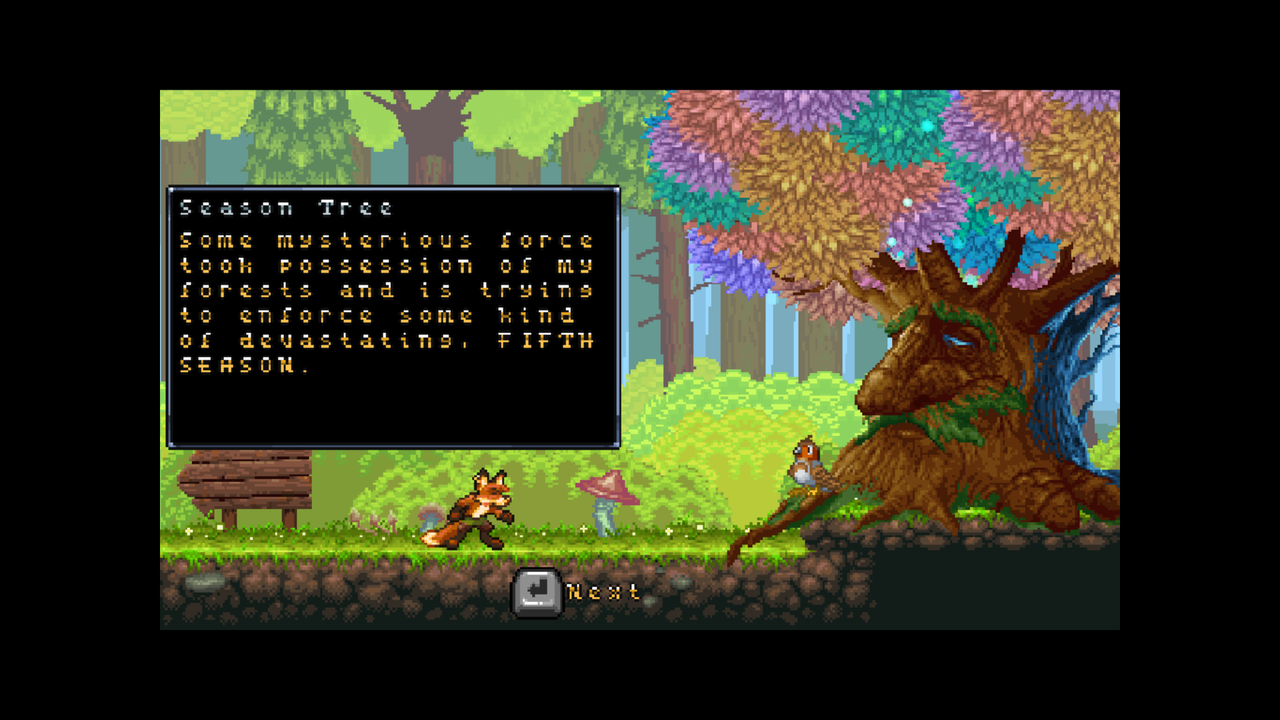
Checkpoints are represented by a badger, to whom you pay the gold. Each time you use a checkpoint, he says a cheeky comment. Cheeky humor is common throughout the whole game.
One upgrade that’s especially hard to purchase is an extension of your mana supply. This costs gold and mana ores, of the latter I’ve only found one so far. One of the abilities you use mana for is changing seasons. Season changing is one of Rick’s special abilities. You use it to cross certain areas or access otherwise unreachable areas. In the first level I can swap the season to winter in order to cross a body of now-frozen water; in the second level, I can swap the season to fall to jump across floating leaves. You notice other little details when you swap seasons. Once I changed the season to winter just after eel-like enemies jumped out of the water – when they fall back down, they were clobbered by the frozen surface.
Each of the game’s levels is long and contains hidden areas and multiple paths. The season-change ability adds another layer, increasing replay value. You’ll want to revisit each level due to this, but, unfortunately, Bonus Level forces you to revisit each level too much and too early.
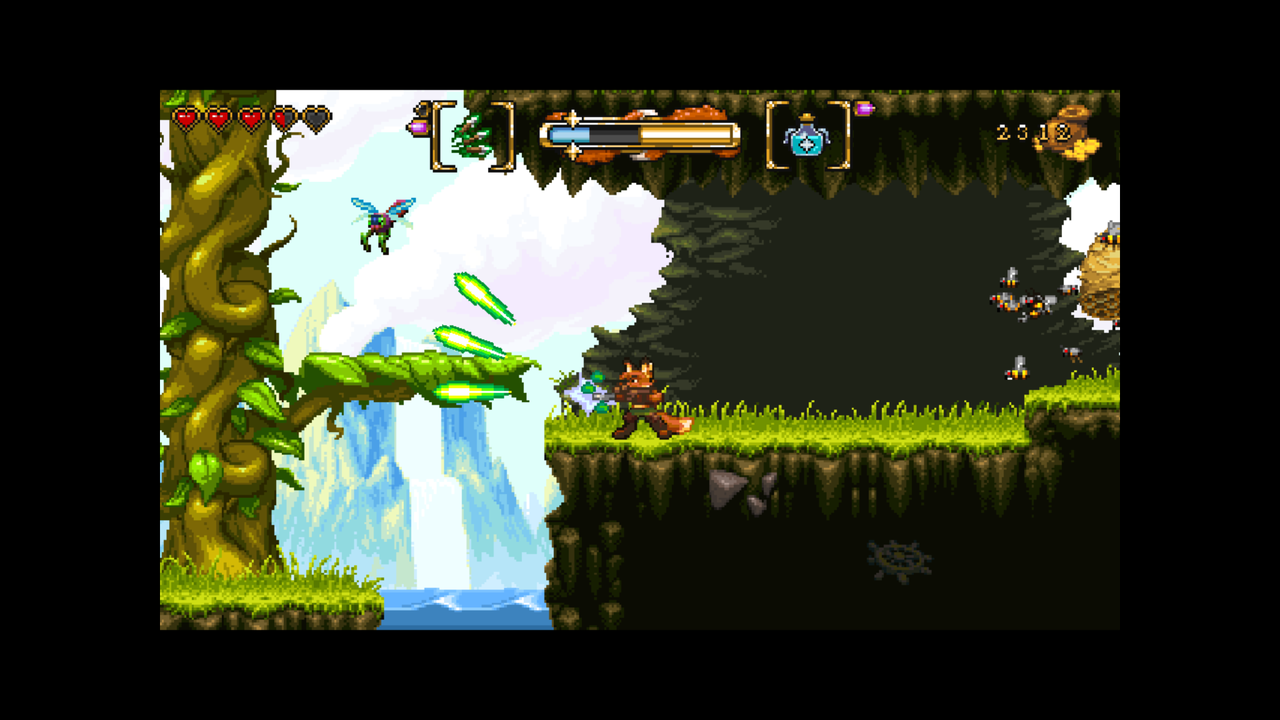
The main collectibles you want to find are magic bark pieces, which you then give to the season tree. I obtained the first one of these from a boss, but doing so did not unlock the next world. To unlock a new world, you have to collect a certain number of magic seeds from each level. This means you’ll likely need to replay the levels you’ve already done a few times over to find enough seeds, a process that slows down the game’s pace.
I would’ve liked to move on to the second zone after beating the first boss and replay beaten levels as an option. Instead, I was playing the same first two levels time after time to find more magic seeds. The first world just had these two levels and a boss. The bonus level, like the next world, could not be unlocked without a certain number of magic seeds. Having to track down this item to progress stalled the game's flow.
I would recommend this game outright if it weren't for the collectible requirement for progressing. As is, you may find yourself replaying the first two available levels for a while. Get past this hurdle, and Fox n Forests is solid 16-bit fun.
Fox n Forests was covered on PC via Steam with a code provided by the publisher.
Nonogram - The Greatest Painter
Covered by Kyle Johnson
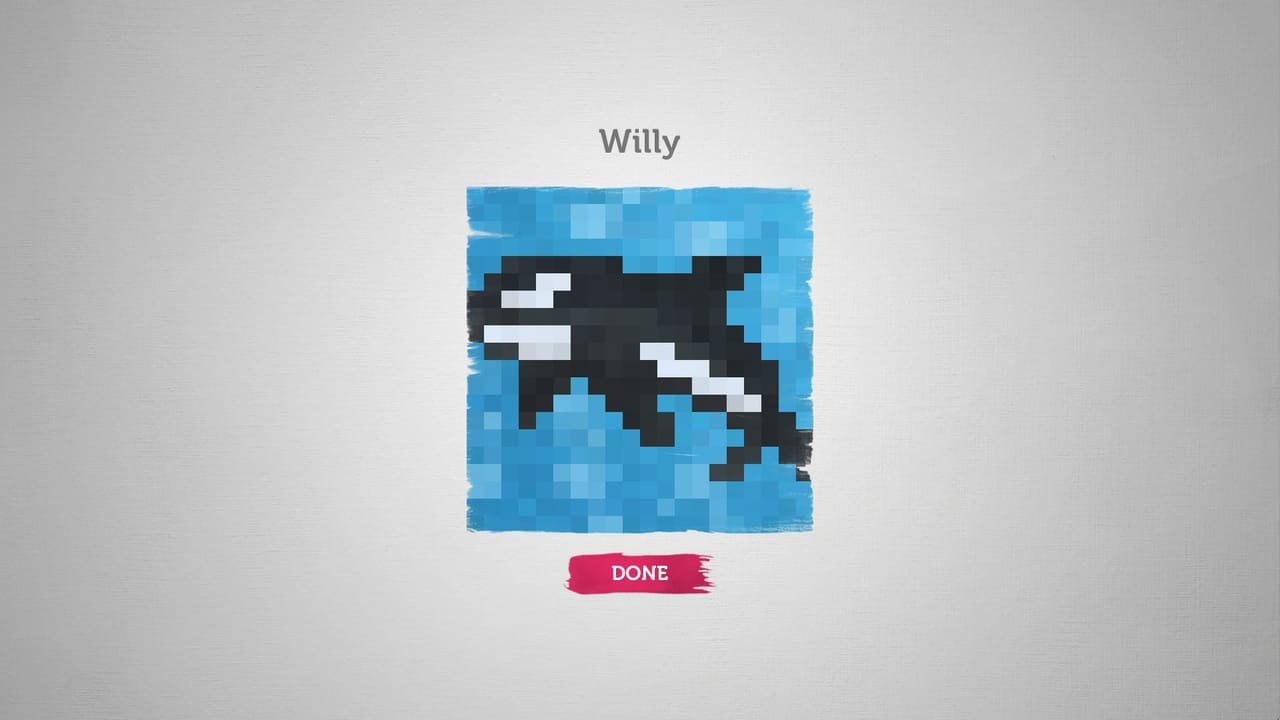
One of Steam's hidden treasures is the "minimalist puzzle" genre. These are games like Hexcells, The Art of Gravity, LineWay, and others. Though mechanics may differ from game to game, typically these titles feature sleek UI elements, little to no text, a rewarding gameplay loop, and calming music; all wrapped up in a two-to-five hour package.
Nonogram: The Greatest Painter is one of these minimalist puzzlers. A "paint by numbers" puzzle game that quickly ramps up the difficulty, Nonogram is hiding a lot under the surface. With no pressure constantly weighing on your mind in most puzzles, you're free to take them as leisurely as you like. Coming from seasoned developer Konstructors Entertainment, it is their sixth game in three years, almost all of which have been minimalist puzzle games.
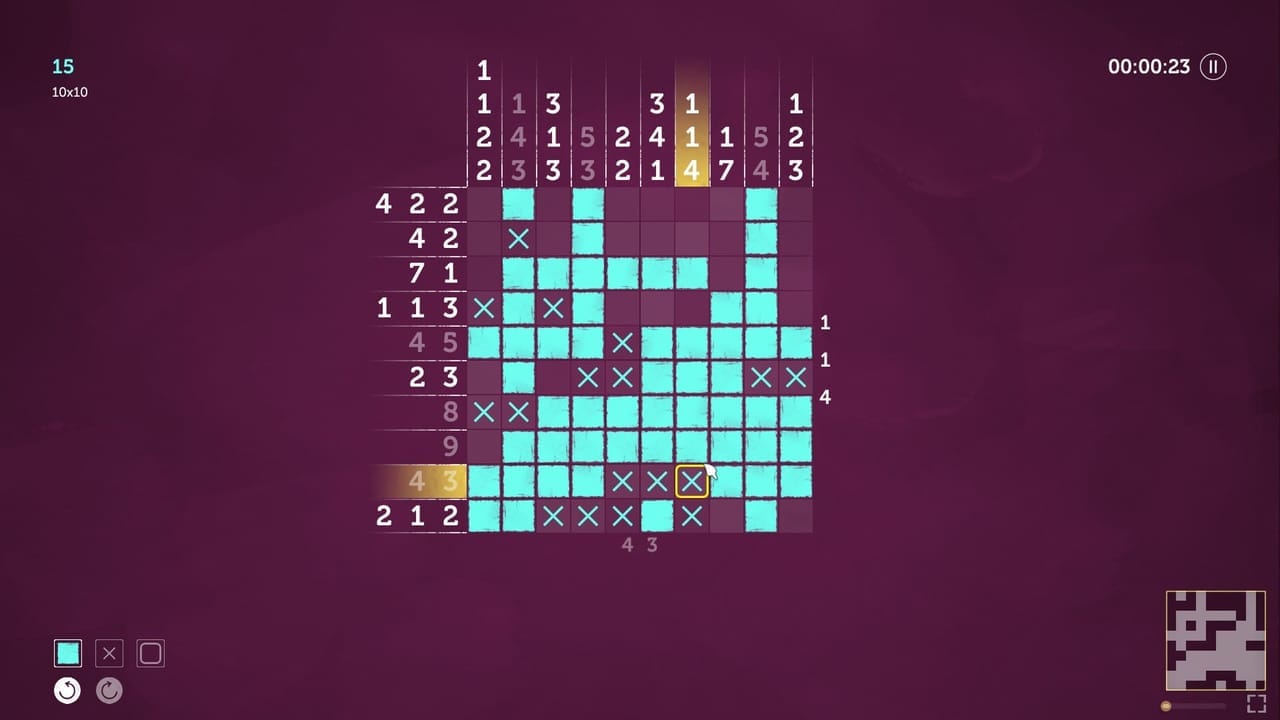
Nonogram offers a brief tutorial for anyone new to picross games, but after that, you're set loose within its four modes. The easiest and most welcoming mode is the "gallery" mode, where you fill in puzzles to create pictures. There are over 100 puzzles in this mode, ranging from simple 5x5 warm-up puzzles, up to 20x20 grids. It's easy to blow through 10 puzzles at a time, as their difficulties range from childish to tricky. Still, picross games are at their best when you're solving larger puzzles, and Nonogram's graduated difficulty prepares you well for later puzzles.
The second set of puzzles is the "classic" mode. The very first puzzle in this 50-puzzle set is a monstrous 50x35 beast and one that I've yet to solve. Again, these titanic puzzles are where the strengths of picross lie: by offering just barely enough information to solve a huge board, you get to think, analyze and scour the field for your next step. If you're scared of a puzzle like this involving so much calculation, all that's really required to play picross is simple addition and subtraction.
The third set of puzzles are a series of timed challenges. Much like the gallery mode, these puzzles start off small, before rapidly growing in size. You've got to think quickly, because if your time runs out, you'll be starting the puzzle over, again and again. I'm about halfway through the 50 puzzles here, and it appears as though you're creating some sort of mural along the way. That, or it's an extremely elaborate QR code.
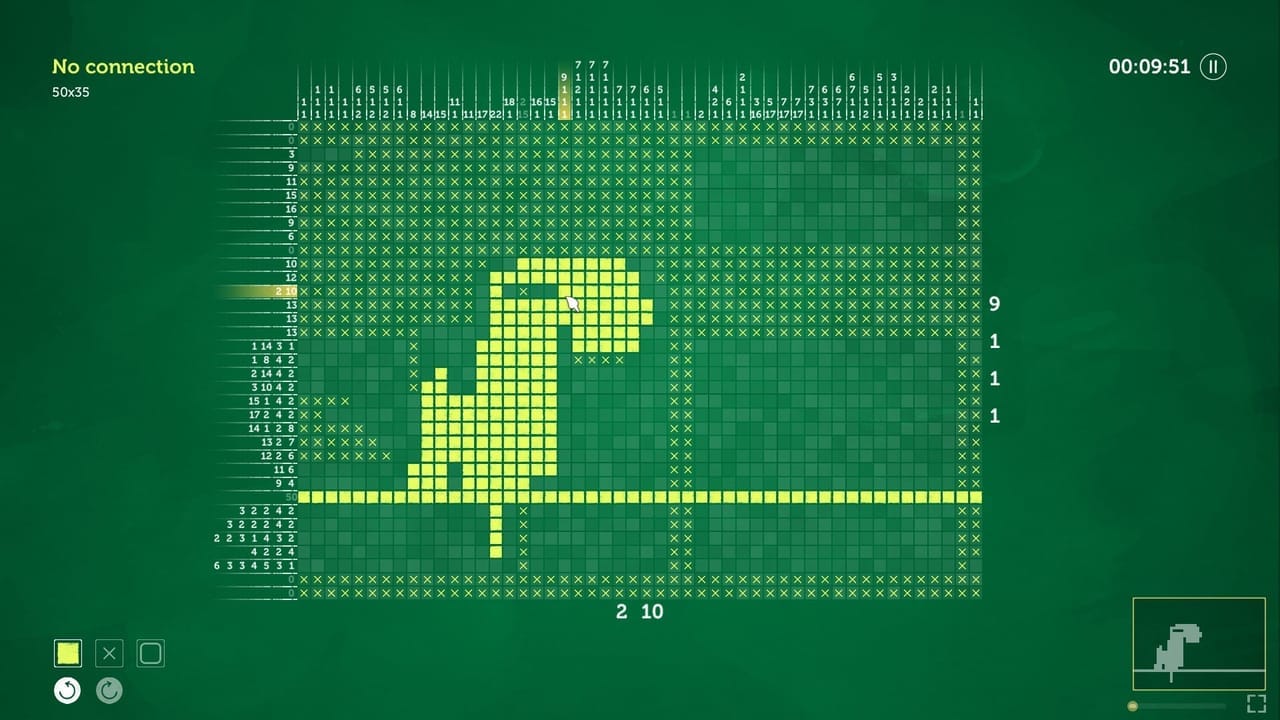
What puts Nonogram above other Picross games on Steam though is the inclusion of a robust editor and Steam Workshop integration. You can create truly gigantic puzzles up to 100x100 squares, and Konstructors regularly curates the top puzzles. You can easily import images and modify puzzles, and check your work to make sure everything is logically consistent.
Above all else, Nonogram is easily digestible, offers a lot of replay value, and is a joy to behold. With jazzy tunes playing throughout your puzzle solving adventure, there's a lot to enjoy here in Nonogram: The Greatest Painter.
Nonogram - The Greatest Painted was covered on PC via Steam with a code provided by the developer.
What do you think of this week’s Coverage Club selections? Do you know of an overlooked game that deserves another chance? Let us know in the comments below, and don’t forget to follow our Steam Curator to keep up to date with all our reviews.
Have a tip, or want to point out something we missed? Leave a Comment or e-mail us at tips@techraptor.net
